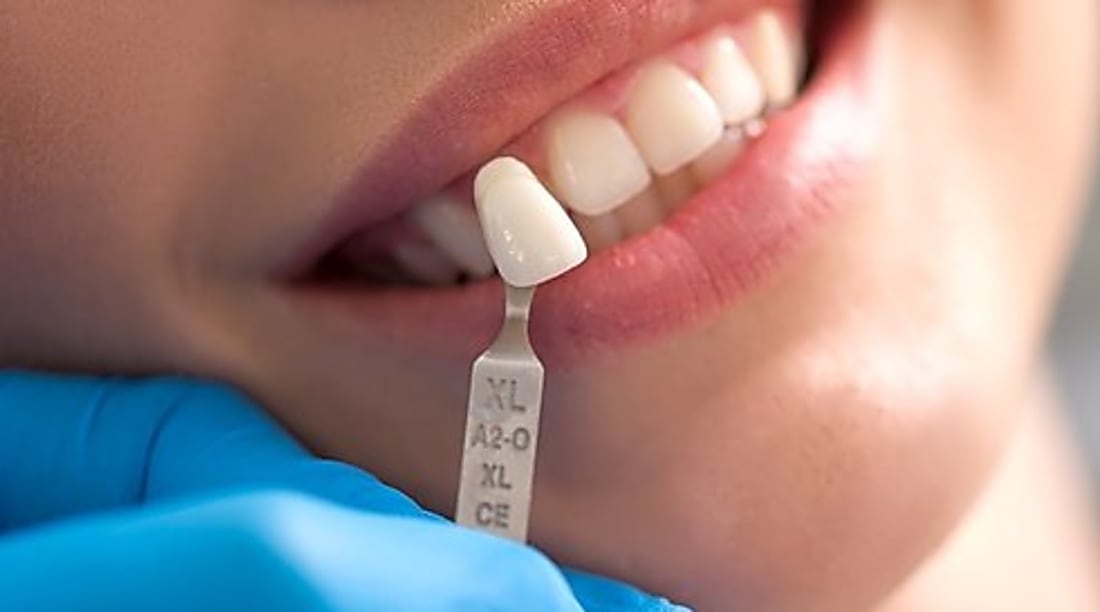“Premium Dental Implants: What Drives Cost & What’s Really Worth It”
Navigating the world of premium dental implants can be overwhelming, with significant price differences between standard and high-end options. Understanding what truly constitutes a premium implant—from materials and manufacturing techniques to long-term benefits—helps patients make informed decisions about this significant investment in oral health.

Dental implants have revolutionized tooth replacement, offering a permanent solution that looks, feels, and functions like natural teeth. While all dental implants serve the same basic purpose—replacing missing teeth with artificial roots and crowns—there’s a considerable range in quality, materials, technology, and ultimately, price. Premium dental implants command higher prices but may offer advantages in longevity, aesthetics, and overall satisfaction. This article explores what makes certain implants “premium,” their associated costs, and how to determine if the investment aligns with your specific needs.
What Makes Some Dental Implants Premium?
Premium dental implants typically distinguish themselves through several key factors. Material quality stands at the forefront—many premium options utilize medical-grade titanium alloys or zirconia, which offer superior biocompatibility and strength. The manufacturing precision also plays a crucial role, with high-end implants featuring microscopically engineered surfaces that promote faster and more reliable osseointegration (fusion with the jawbone).
Advanced design features represent another premium characteristic. Some high-end implants incorporate specialized thread patterns and connection types that distribute forces more effectively throughout the jawbone, potentially reducing bone loss over time. Premium implants may also feature platform-switching technology, which helps preserve crestal bone and soft tissue around the implant for better long-term aesthetic results.
Research and development investment significantly impacts implant quality. Leading manufacturers invest heavily in clinical studies and technological innovations, resulting in implants with documented success rates and continuous improvements. This research-backed approach often translates to warranties and guarantees not available with standard options.
How Much More Does Premium Cost?
The price differential between standard and premium dental implants can be substantial. While standard implants might cost between $1,500-$3,000 per implant, premium options typically range from $3,000-$6,000 or more per implant. This cost difference becomes even more significant when considering full-mouth restorations, which might require multiple implants.
Several factors drive these higher costs. Premium implants often come from manufacturers with extensive research histories and clinical documentation. The sophisticated manufacturing processes and quality control measures add to production expenses. Additionally, dentists who place premium implants frequently have advanced training and specialized equipment, which factors into the overall treatment cost.
Regional variations also impact pricing. Major metropolitan areas typically see higher costs for premium implants compared to smaller cities or rural locations. The complexity of your case—including whether you need bone grafting, sinus lifts, or other preparatory procedures—can further influence the final price.
| Implant Type | Approximate Cost Range (per implant) | Key Features |
|---|---|---|
| Standard Implants | $1,500-$3,000 | Basic titanium construction, limited warranty |
| Mid-Range Implants | $2,500-$4,000 | Improved surface technology, moderate warranty |
| Premium Implants | $3,000-$6,000+ | Advanced materials, documented research, comprehensive warranty |
| Full-Arch Solutions | $20,000-$50,000+ | Complete replacement of all teeth on one arch |
Prices, rates, or cost estimates mentioned in this article are based on the latest available information but may change over time. Independent research is advised before making financial decisions.
Are Premium Features “Worth It”?
Determining whether premium implant features justify their higher cost depends largely on individual circumstances and priorities. The primary advantage of premium implants is their potential for greater longevity. While standard implants can last many years, premium options often feature design elements specifically engineered to maintain bone health and stability over decades, potentially reducing the need for future replacements or revisions.
Aesthetic considerations may also justify the premium cost for some patients. High-end implants typically offer superior emergence profiles—how the restoration emerges from the gumline—creating more natural-looking results. This becomes particularly important for front teeth or for patients with thin gum tissue where metal components might otherwise show through.
For patients with challenging clinical situations—such as limited bone volume, previous implant failures, or certain medical conditions—premium implants may provide technical advantages that significantly improve success rates. The specialized surface treatments and design features can make the difference between success and failure in complex cases.
However, it’s worth noting that even standard implants have good success rates when placed by experienced practitioners in appropriate candidates. For posterior teeth or in cases where aesthetics are less critical, standard options may provide perfectly satisfactory results at a lower cost.
How to Decide What’s Right for You
Making an informed decision about dental implants requires a personalized approach. Begin by consulting with at least two qualified implant specialists—ideally a prosthodontist (specializing in tooth replacement) and a periodontist or oral surgeon (specializing in surgical placement). These specialists can evaluate your specific oral condition and discuss appropriate options.
Consider your long-term oral health goals. If you’re younger or have a family history of good dental health into advanced age, investing in premium implants might make financial sense over decades. Conversely, if you’re older or have multiple health considerations, standard implants might provide an appropriate balance of function and value.
Evaluate your aesthetic expectations realistically. Front teeth typically demand higher aesthetic standards than back teeth. If your implants will be highly visible when you smile or speak, the refined emergence profiles and color stability of premium options might justify their cost.
Financial considerations naturally play a major role. Beyond comparing upfront costs, investigate warranty coverage and the potential long-term maintenance expenses of different implant systems. Some premium manufacturers offer lifetime warranties against implant failure, which could provide significant value over time.
Insurance Coverage for Premium Dental Implants
Dental insurance coverage for implants has improved over the years, but significant limitations remain. Many dental insurance plans categorize implants as a major procedure, covering 50% of costs up to annual maximums that typically range from $1,000-$1,500. This leaves a substantial portion of expenses—particularly for premium options—as out-of-pocket costs.
Some medical insurance plans may provide partial coverage if tooth loss resulted from an accident or medical condition, though this is relatively rare. Medicare generally doesn’t cover dental implants, while some Medicare Advantage plans offer limited dental benefits that might apply to certain implant procedures.
Patients considering premium implants should investigate specialized dental discount plans or third-party financing options. Many dental practices partner with healthcare financing companies offering extended payment plans, sometimes with interest-free periods. Some practices also offer in-house membership plans that provide discounts on implant procedures.
When discussing treatment with providers, ask specifically about insurance codes they’ll use for billing, as this significantly impacts coverage. Request a detailed treatment plan with associated costs and insurance estimates before proceeding. Remember that even with partial insurance coverage, premium implants represent a significant investment.
Ultimately, dental implants—whether standard or premium—represent an investment in oral health and quality of life. By understanding the factors that drive cost differences and carefully evaluating your specific needs, you can make an informed decision about which option provides the best value for your circumstances.
This article is for informational purposes only and should not be considered medical advice. Please consult a qualified healthcare professional for personalized guidance and treatment.




